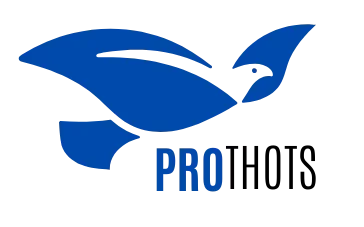Blog
Furnace Tips for Cold Weather

To prepare a furnace for cold weather, follow a plan that aligns with your heating system requirements. As temperatures drop, it is key to verify that your furnace runs consistently. A furnace repair expert helps promote optimal performance and enhance the system’s efficiency. Here are some furnace tips for cold weather:
Understanding Airflow Patterns
| Task | Action | Why It’s Important |
|---|---|---|
| Vent Cleaning | Check and clean all supply and return vents | Prevents airflow blockages and ensures even heating throughout the home |
| Airflow Check | Inspect airflow in each room, especially colder spots like near windows or exterior walls | Uneven heating or slow warm-up may signal airflow issues or inefficiency |
| Focus Areas | Pay attention to vents near skirting boards, exterior walls, and windows | These areas are slower to heat and are more prone to airflow restrictions |
| Filter Replacement | Replace clogged or dirty air filters, ideally with seasonal changes | Clean filters improve airflow, reduce strain on the system, and boost overall furnace performance |
Inspecting Components

Internal components should be checked seasonally before they are used for a long period of time. Professional HVAC technicians can clean and replace worn-out parts to verify the furnace runs smoothly. Dust buildup on the blower blades hampers air flow and may cause vibration or noise. Technicians use a soft brush or vacuum to remove buildup without causing harm to the delicate components.
Burner assemblies need to be checked for any buildup or misalignment. Black residue on burners can prevent a smooth ignition and steady flame, impacting furnace safety and efficiency. A furnace repair expert can realign or replace key components to keep the pilot light ignited.
Both electronic and pilot ignition systems should function on the first try. Any delays may indicate a problem with the sensors, electrodes, or wiring that should be addressed before normal usage. Heat exchangers should remain structurally intact. Cracks or corrosion affect the heating capacity of the equipment and should be detected at an early stage.
Managing Thermostat Coordination
- Thermostat calibration helps confirm that the temperature readings taken correspond to the actual climate inside the home.
- A poorly calibrated thermostat may cause the furnace to work more than it should or rooms to have different temperatures.
- Verifying accuracy before winter sets in helps maintain steady indoor conditions.
- Programmable thermostats can help regulate furnace cycles to promote consistent heating.
- Gradual temperature changes prevent the system from being put under pressure, especially when adjusting between hot and cold.
- Smart thermostats may offer data that can help in decision-making regarding the indoor climate.
Performing Diagnostic Checks

Completing diagnostic checks helps confirm furnace functionality and identify any anomalies or variances from the normal performance. An HVAC professional can run diagnostics for many heating system types, including forced air gas furnaces, heat pumps, and mini-split systems. A trial run before regular furnace use helps verify that the system is operating correctly. During tests, technicians look for:
- Blower speeds
- Ignition timing
- Temperature control
- Abnormal sounds
- Unusual odors caused by dust or residue burning off
These observations indicate whether further maintenance is required. Technicians will clean, replace, or realign parts that interfere with system function. Addressing minor issues during regular inspections can help prevent costly malfunctions.
Confirming Combustion Safety
- For fuel-based systems like natural gas or propane furnaces, combustion management is significant to furnace performance.
- Technicians are trained to check fuel lines for proper connection and signs of rust or leakage.
- Gas valves must be functional and closed properly when in use. Burning chambers must light up and release exhaust without delay or variation.
- A steady blue flame signifies complete combustion, while yellow or flickering flames should be checked
- HVAC technicians confirm that the fuel burns completely to verify there are no gas leaks and the system is operating safely.
Work With a Furnace Repair Company
To prepare your furnace for the winter, consult a heating specialist who will diagnose problems, check the components, and perform the necessary tuning for the upcoming season. A professional helps clean and replace parts to improve efficiency. This can help minimize the risk of mid-season failures. Call a furnace repair expert today to book your annual furnace tune-up to confirm your home remains warm throughout the winter season.

